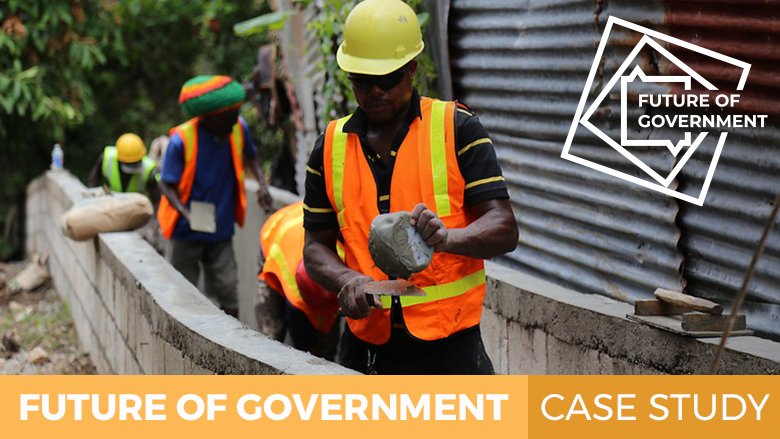Future of Government | Report | Debates | Case studies
Different levels of infrastructure across countries can be explained partly by their specific contexts, including geographic traits and financial resources. As the figures below illustrates, huge infrastructure quality and spending gaps remain between countries. Crucially, pre-conditions also include different politicians’ and constituencies’ perceptions of the ideal policy combination on the one hand, and the right incentives for infrastructure development on the other. In other words, the relative strength or weakness of the governance environment can help determine the quality of infrastructure. These governance differences across countries are especially visible in natural monopoly industries, such as water and electricity utilities, ports, roads, and airports.
Often, incentives and special interests determine which public infrastructure investments are realized – these projects do not necessarily yield the social and economic benefits that their costs and prestige would warrant. More useful projects do not always provide as much status for politicians or bureaucrats.
However, the strength of public sector management and institutions is highly correlated with the quality of overall infrastructure. Thus, one key for governments is to achieve the necessary political buy-in for less politically prestigious infrastructure projects, such as sewage systems. Another is to learn lessons from past failures at home and abroad; poor infrastructure selection and management is possible in countries at every level of income.

